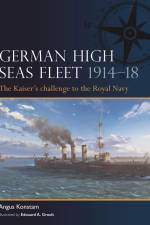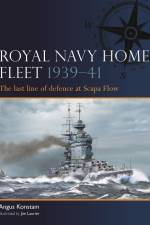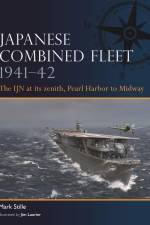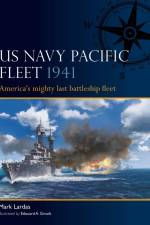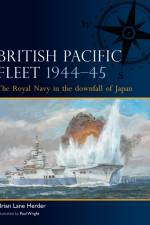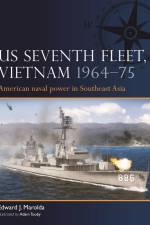av Edward J. Marolda
201
"This is a terrific history of the Seventh Fleet's vital service to the United States in the Vietnam War... remarkably researched and interpreted"- Admiral Jonathan W. Greenert, Chief of Naval Operations, 2011-2015 and Commander Seventh Fleet, 2004-2006A superbly illustrated examination of how the US Navy's most powerful fleet fought the Vietnam War, covering all of its elements from aircraft carriers and heavy cruisers to minesweepers and oilers.The US Navy's Seventh Fleet was at the forefront of America's campaign in Vietnam for a decade, from the Gulf of Tonkin Incident that began it all to the final evacuation of South Vietnam. Its mission was highly strategic, and while its primary role was to provide carrier-based air power over North Vietnam - from Rolling Thunder through Linebacker - the fleet's operations were complex, sensitive, and varied, and required all the capabilities of the fleet.This book is the first overall examination of how US Navy's most powerful fleet fought and operated in Vietnam. Distilled from thousands of declassified secret documents by renowned US Navy specialist Dr Edward J. Marolda, it offers a unique new portrait of how the Seventh Fleet fought the Vietnam War, from the offensive strike power of naval aviation to the vital role of fleet logistics. As well as the carrier operations, he examines the surface combatant fleet's gunfire support role, and its raids against the North Vietnamese coast. Dr Marolda also looks at amphibious warfare, fleet air defense, search-and-rescue, and mining and interdiction operations. Illustrated throughout with archive photos, 3D diagrams and spectacular new artwork, and informed by never-before-translated official documents, publications, and personal accounts from North Vietnamese, Soviet, and Chinese sources, this is the real story behind the US Navy's Vietnam War.

